Whey & Labneh Recipes

Whey and Labneh are two products of the same process. Two for the price of one!
All you need to make them is yoghurt, some muslin cloth/cheese cloth, a strainer (optional), a bowl and a plate.
Ingredients
- 1 L Yoghurt (can use regular or raw yoghurt).
Method
- Put a stainer over a medium to large bowl and then put a muslin cloth/cheesecloth over the strainer and secure using a rubber band. You want the cloth to be tight enough to stay near the top of the bowl, but loose enough to hold the yoghurt so that it doesn't spill over.
- Pour or scoop the yoghurt into the muslin cloth.
- Put a plate upside down over the yoghurt so that it doesn't touch the yoghurt, but covers it so that the area is protected from air.
- Put the set up into the fridge for 24 hours.
- Take the bowl ect out. You will have labneh in the top section, and the whey will have dripped through to the bottom
- You can scoop the labneh into a container and store in the fridge (for 7-14 days)
- Pour the whey into a jar. Store in the fridge, sealed in an airtight glass jar for up to 6 months or frozen for longer
Enjoy : )
Photos of the Process:
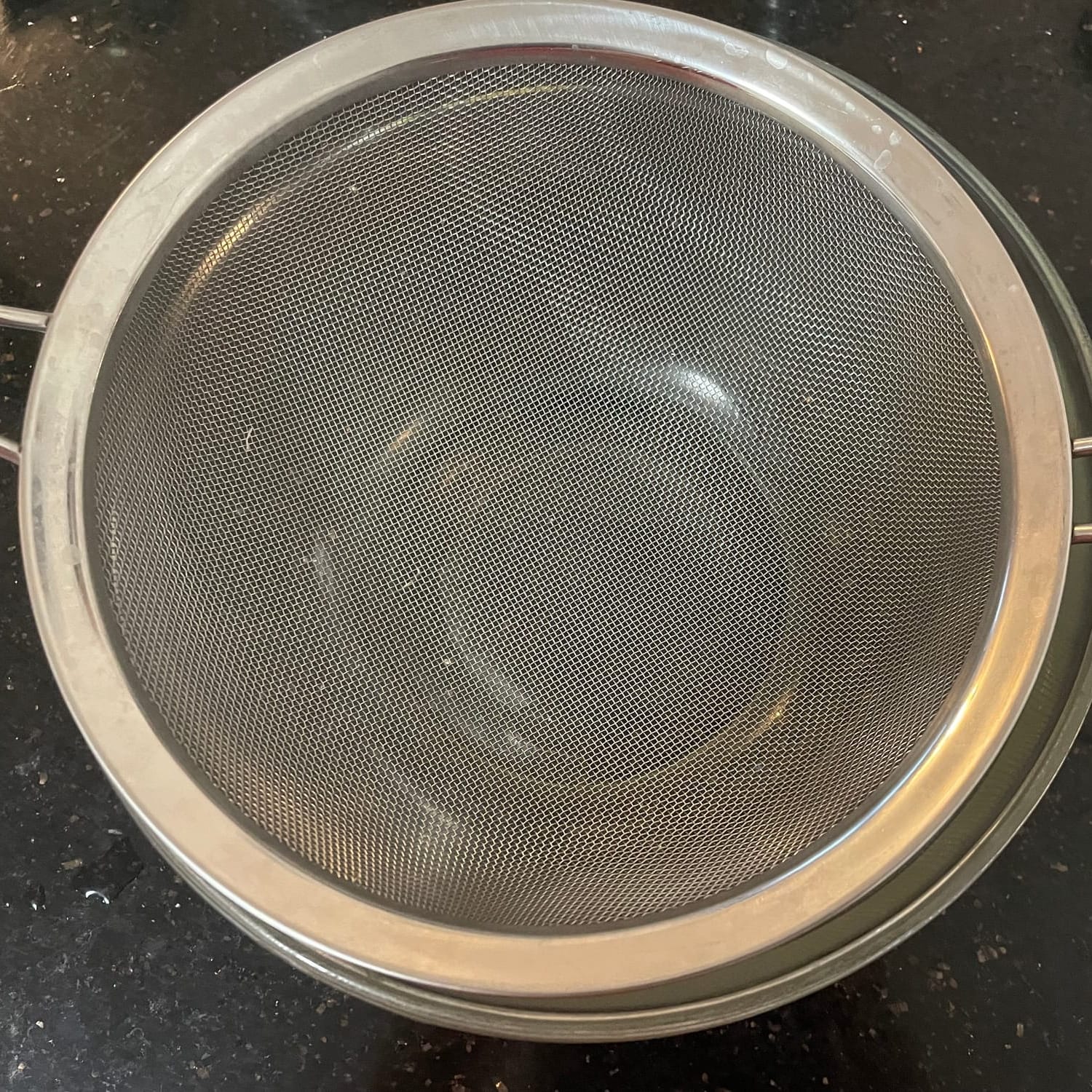
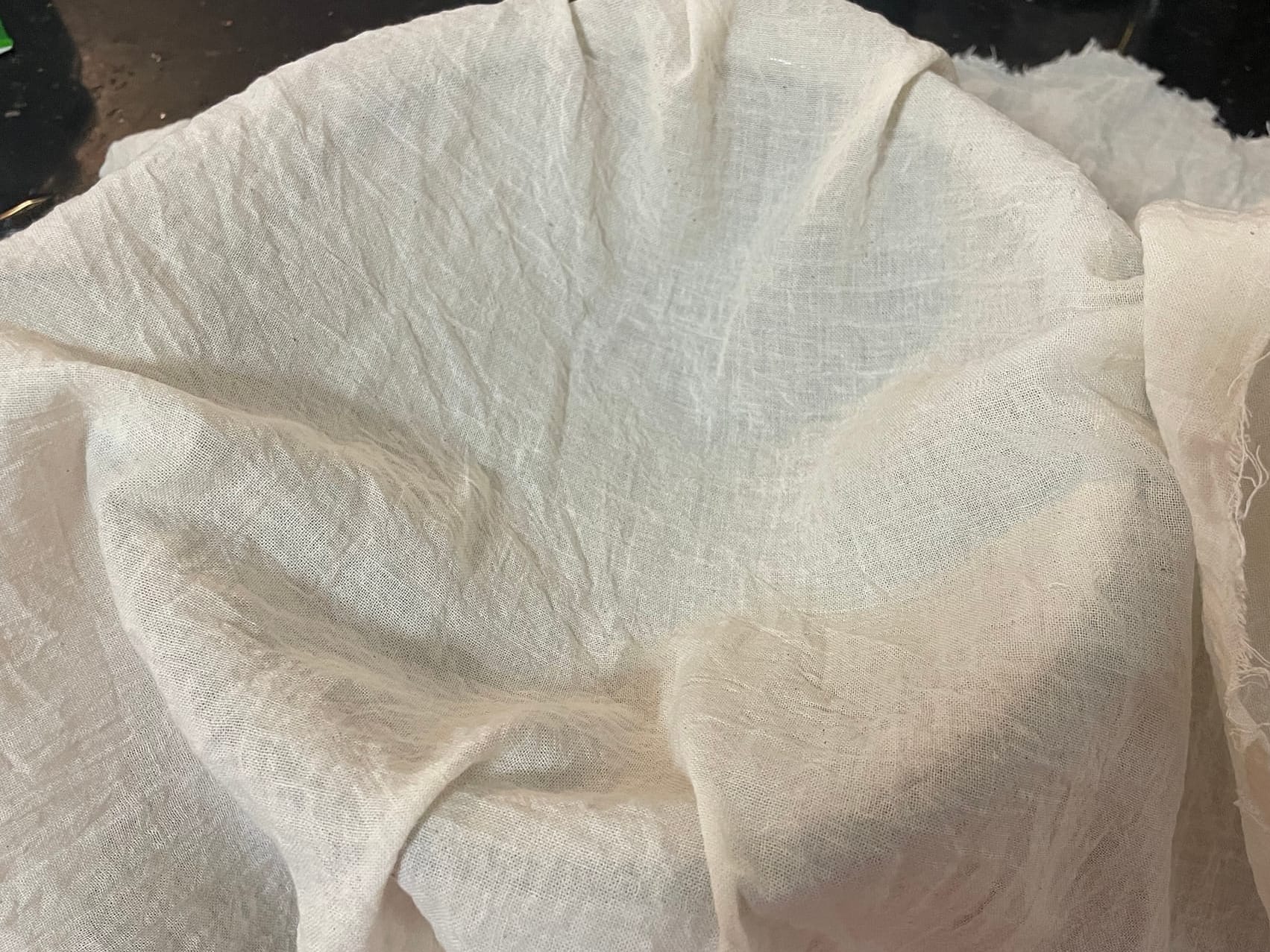
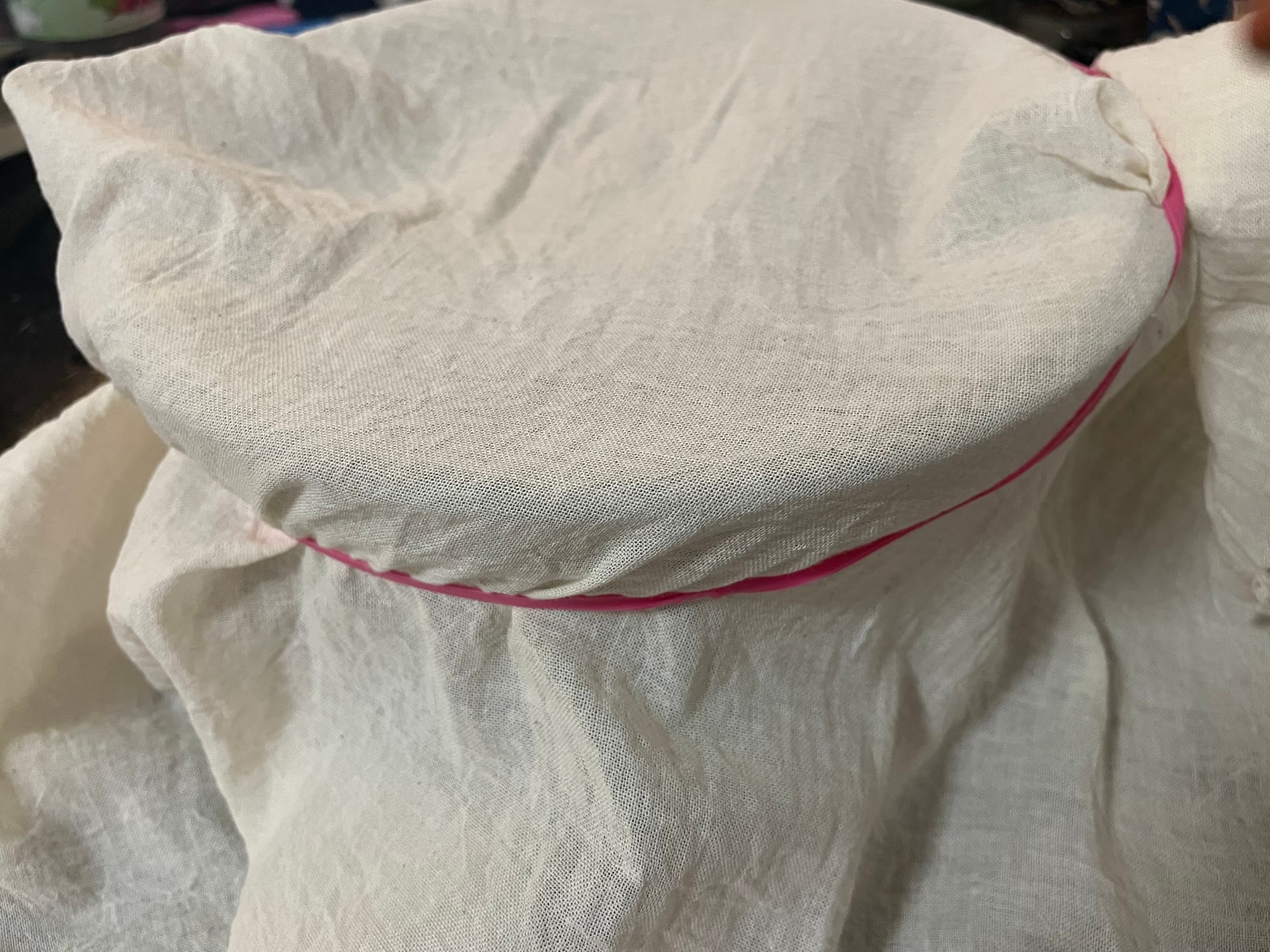
Pop a muslin cloth/cheesecloth over a bowel and secure with a rubber band. It is optional to put a strainer under the cloth.
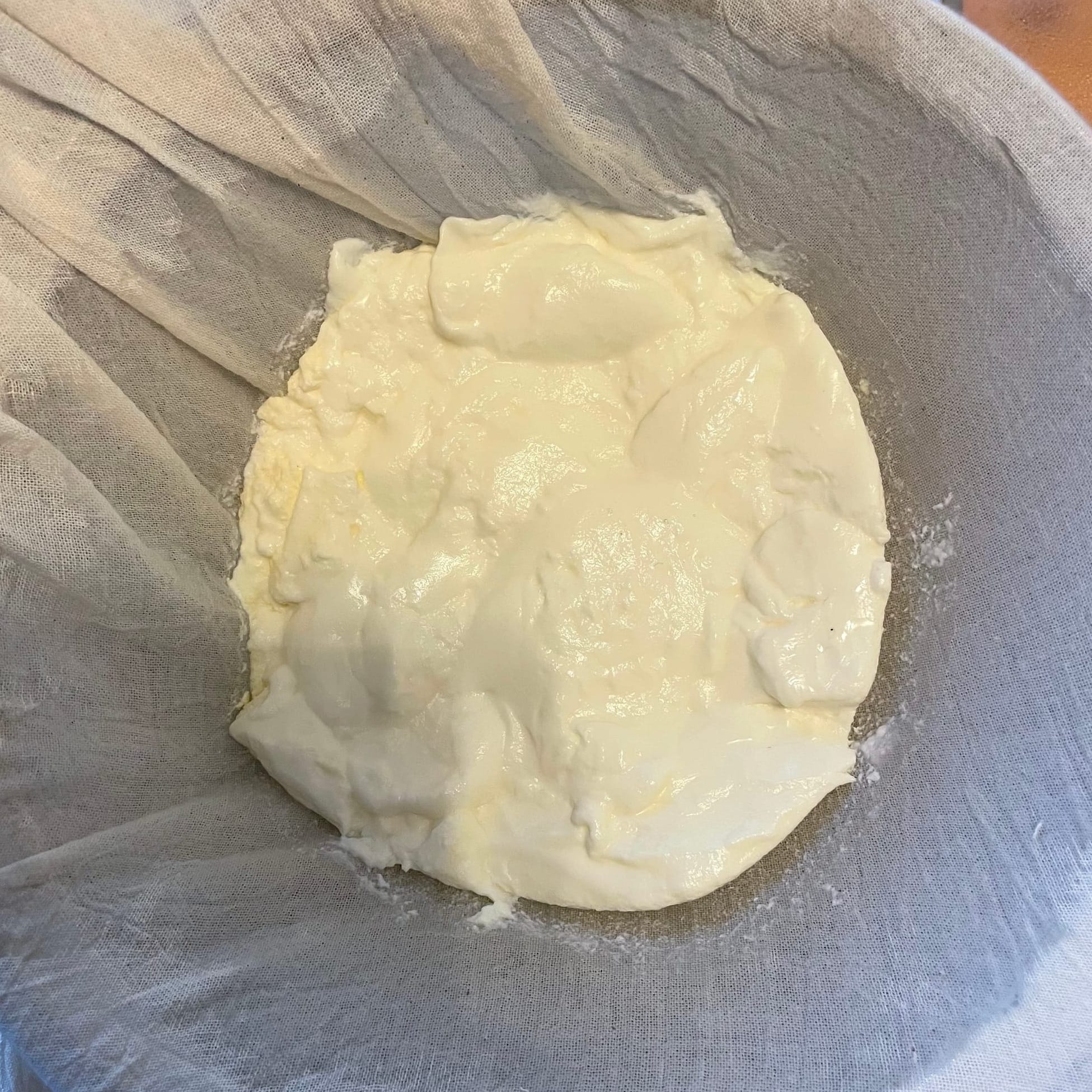
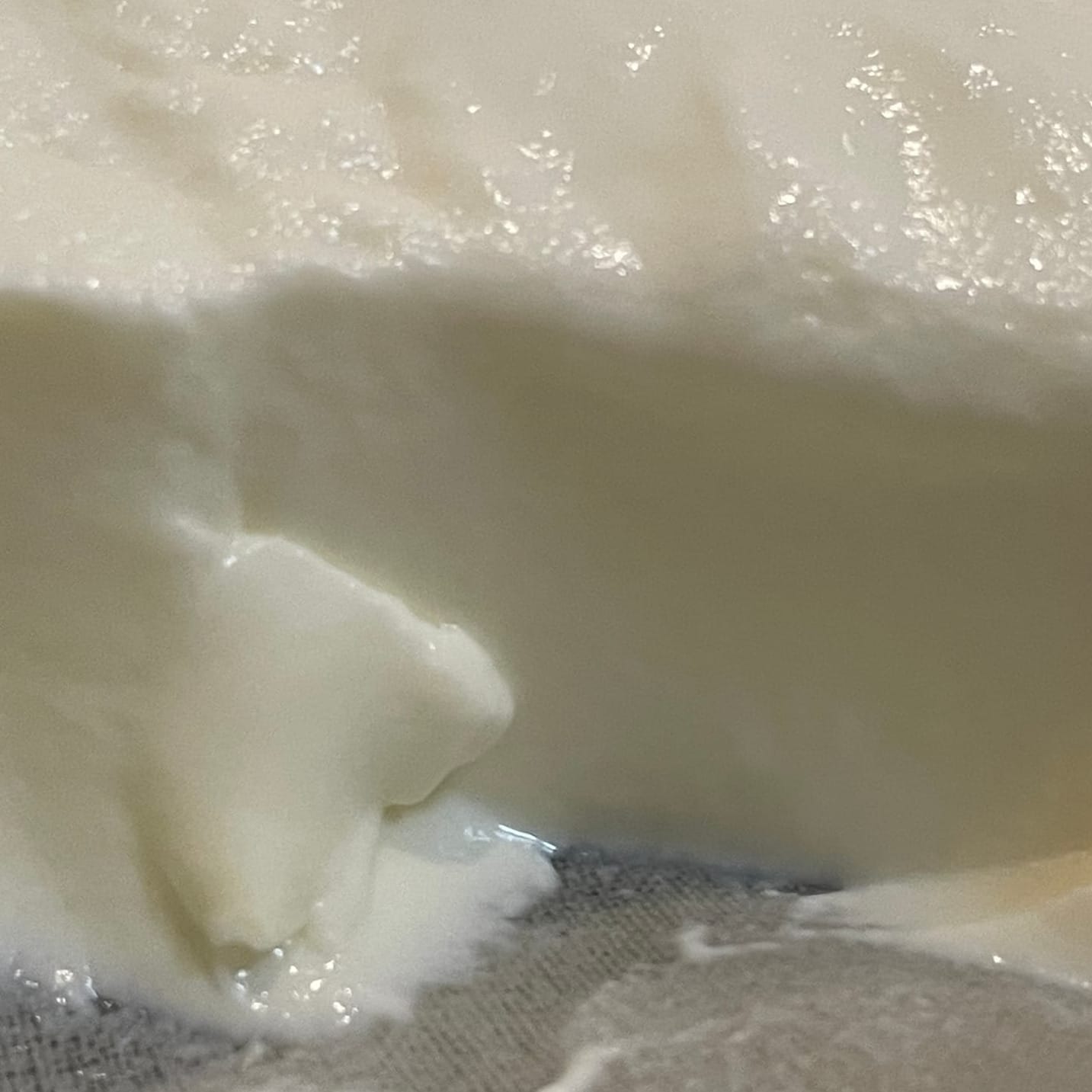
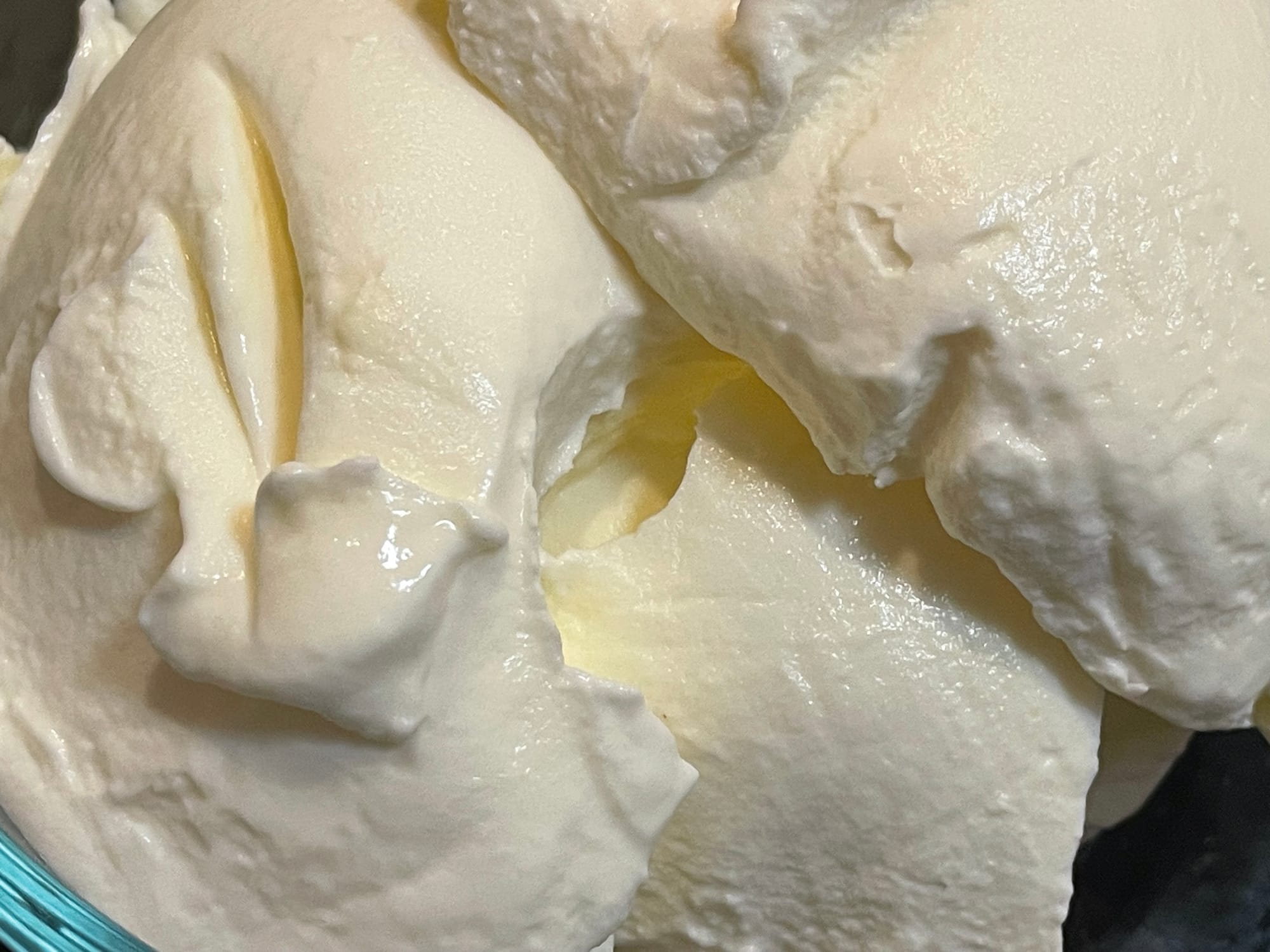
After 24 hours the yoghurt will have shrunk into Labneh, that is firm and creamy.
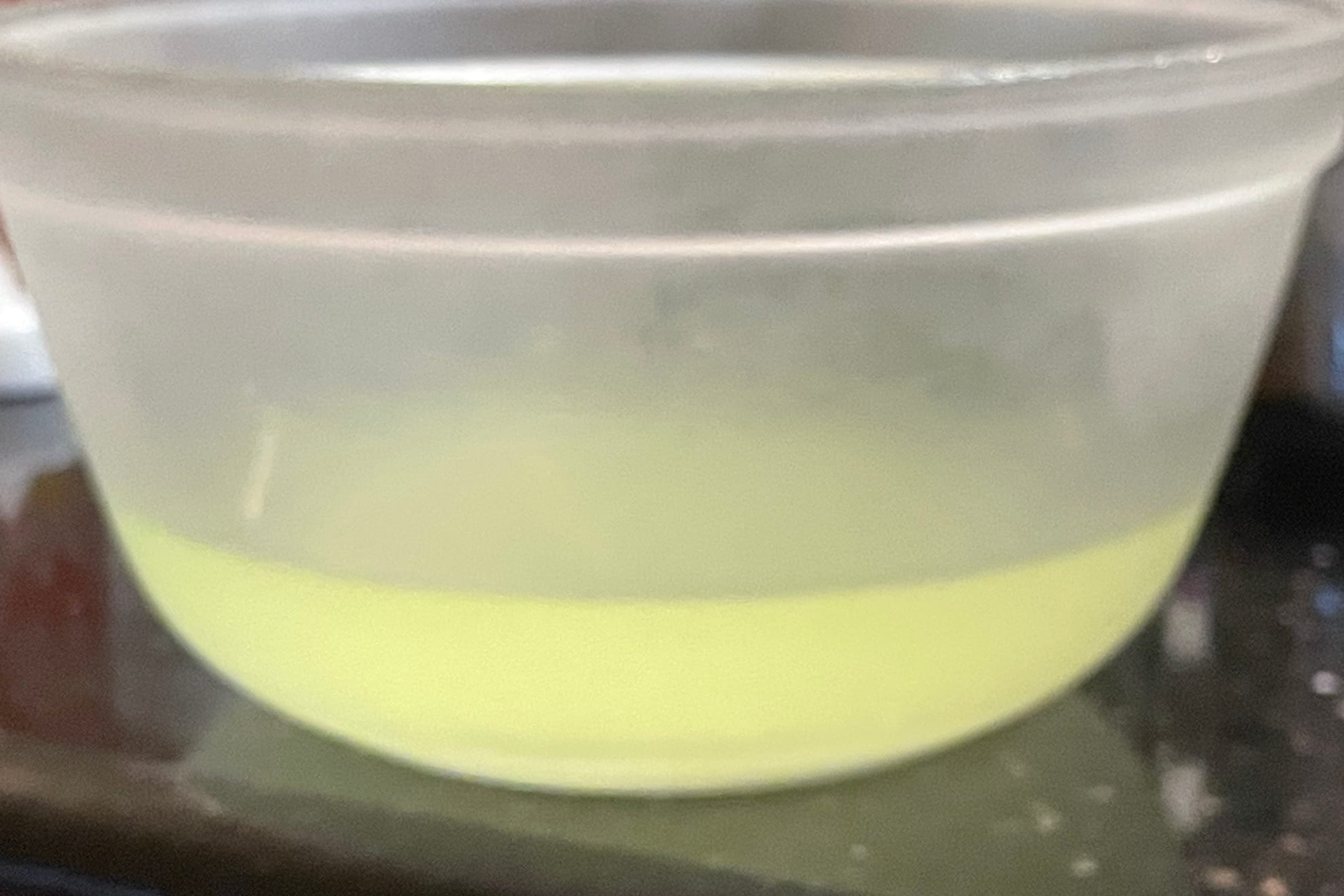
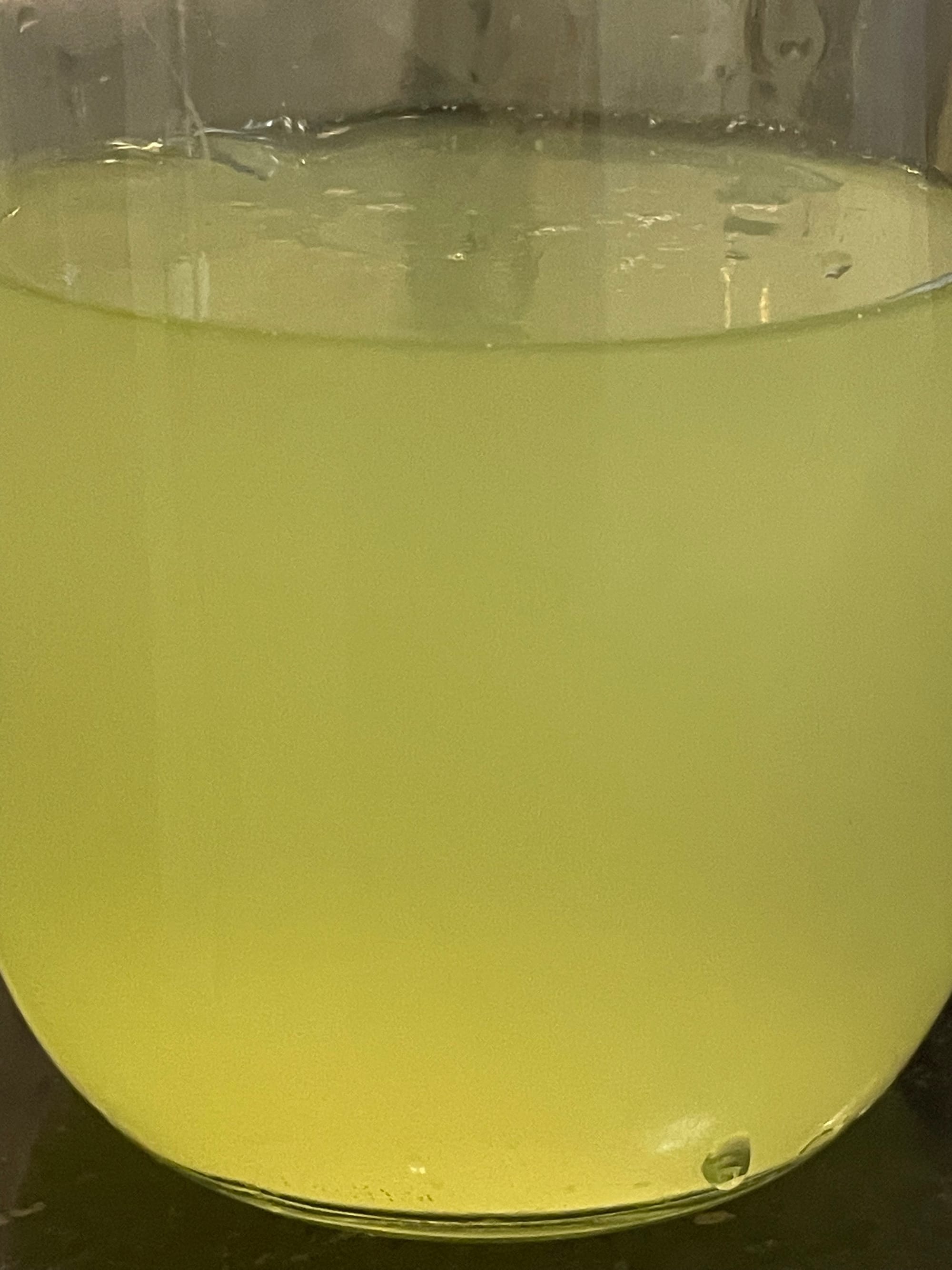
Ghee will be left in the bottom of the bowl, which you can pour into a jar and store. The ghee should be a clear yellow colour.
Note About Whey
Whey has many uses - here’s a list of ways to put whey to good use.
- As a starter culture - for yoghurt or sour cream. You can also use whey as a starter culture for other fermented products such as saurkraut.
- To add to the water when soaking grains, nuts as seeds, as the probiotic bacteria and acidity can help break down anti-nutrients of the seeds and make the food easier to digest.
- Substitute water for whey when soaking chia, flax or oats or when making smoothies.
- In baking, you can substitute the water or milk content with whey. The live bacteria does not survive the baking, but the vitamins, minerals and proteins can.
